|
|
|
|
The Punakha Dzong getting ready for the Coronation of the new King. |
An old Stupa near Bumthang. |
|
I think these are people of Merak Sakteng in traditional handwoven clothing. The felted hats are made in such a way to prevent the rain from falling directly on their faces. The felted tags divert the rain. How do people think of such useful and yet elegant ideas? |
A yak herder and her children spinning yak hair as she walks. |
|
A prize winning handwoven kira (womens dress) displayed by the weaver. |
Detail of the previous kira. Exquisitely fine work. Silk warp, silk ground weft and silk supplementary weft patterning. |
|
A 17 year old weaver – already a master weaver. |
Buying yarn at the yarn shop in Trashigang – one of my favourite towns on the trip. They had rows of silks and cottons in lots of colours from India. |
The Curious Adventure of the CuriousWeaver
by
Comments
8 responses to “The Curious Adventure of the CuriousWeaver”
-
This looks like the most amazing trip! I do love your photos – the cloth is truly inspiring.
-
It sounds like a wonderful trip and look forward to see more from it. I think the traditional architecture looks spectacular as well.
-
That cloth is absolutely stunning – I’d give it prizes as well. And something else which stands out for me is the herder’s jacket, with those gorgeous blue quilted cuffs. I could just do with one of those as winter sets in.
-
So, that’s where you’ve been! I’ve missed reading your updates!
What a lovely trip you had. Makes me wish I could travel more.
-
your post and photos are inspirational! I’ve been so distracted by politics for the last several months and my fiberwork has suffered. thanks for a nudge in the right direction. 🙂
-
Hi Kaz,
Love your photos & posts of your trip. What a feast for the textile lover.
Did you have to buy an extra bag to bring all the goddies home?
Cheers
Shirley
Nursing a broken ankle :o( -
Would you please let me know more about trashigang?Long time back i was a teacher in Tashigang Central School.I bought 2-3 pieces of chadars( a long stretch of cloth to cover the upper part of the body) from a student’s mother(local)who used to weave at home little bit.
The idea of writing you is that I have a desire to visit the place where i worked and i like to see changes that took place— i remember that small helipad ground, that hospital, my school–i have a very fond memory of that place still. So if you can help–any photos of trashingang?–apart from that?
I will be very happy if you kindly reply.
Thanking You, Anjana. -
I am a novice weaver and have been fascinated by Bhutanese textiles ever since seeing them “in action” in the film Travelers and Magicians years ago. I just stumbled across this blog at work so I can’t do a lot of reading right now. I might come up with more comments/questions as I read, but I just wanted to thank you right away for sharing what you learned while traveling.

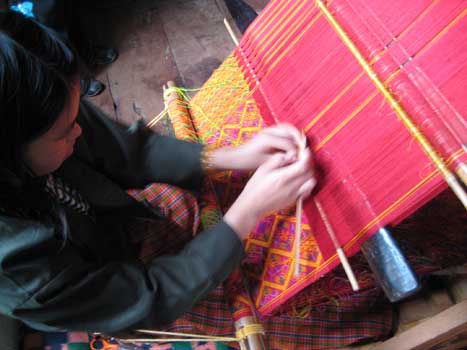

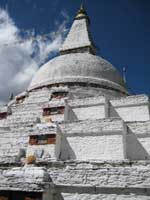
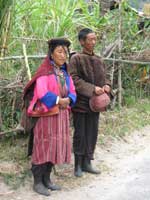
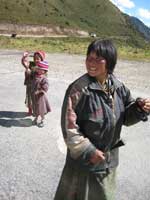
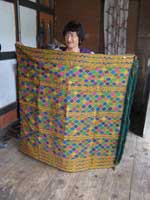
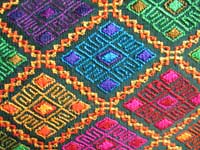

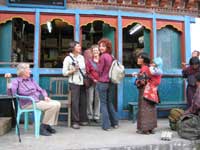
Leave a Reply